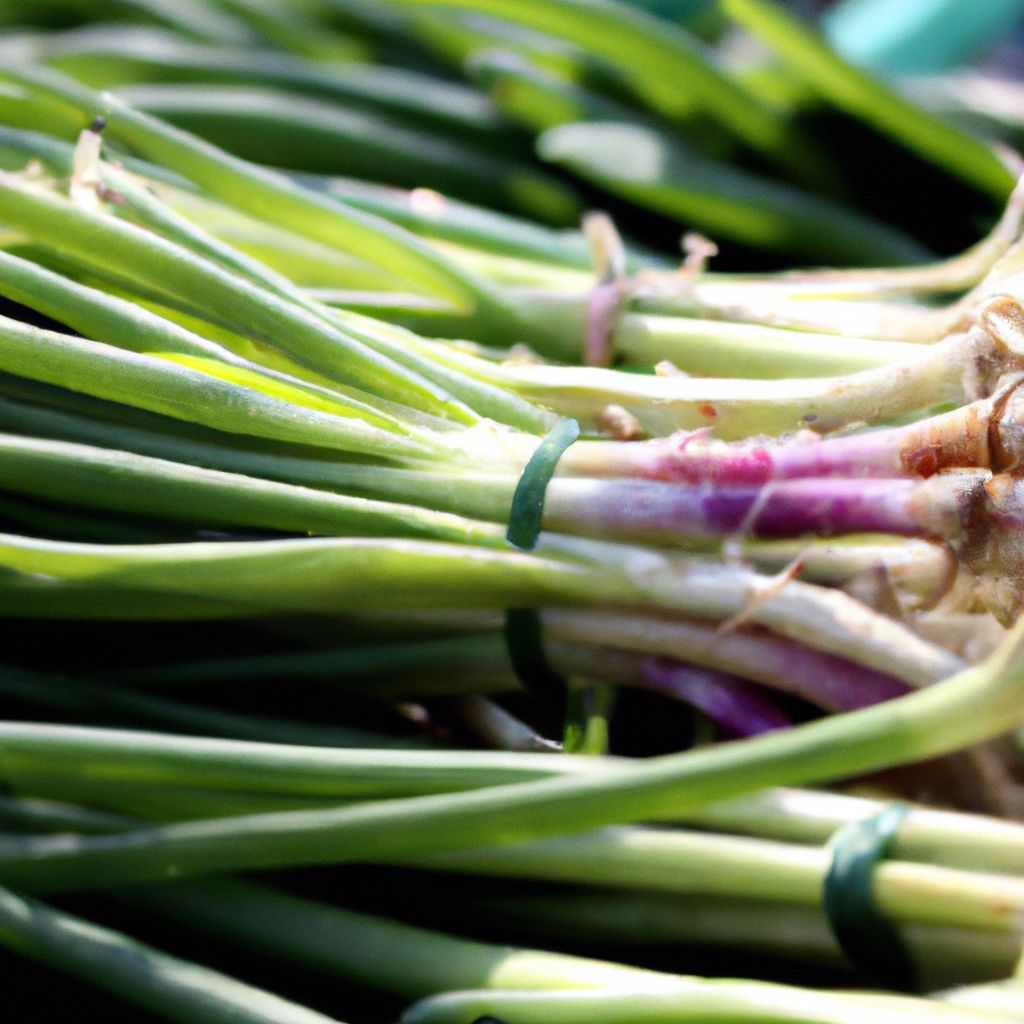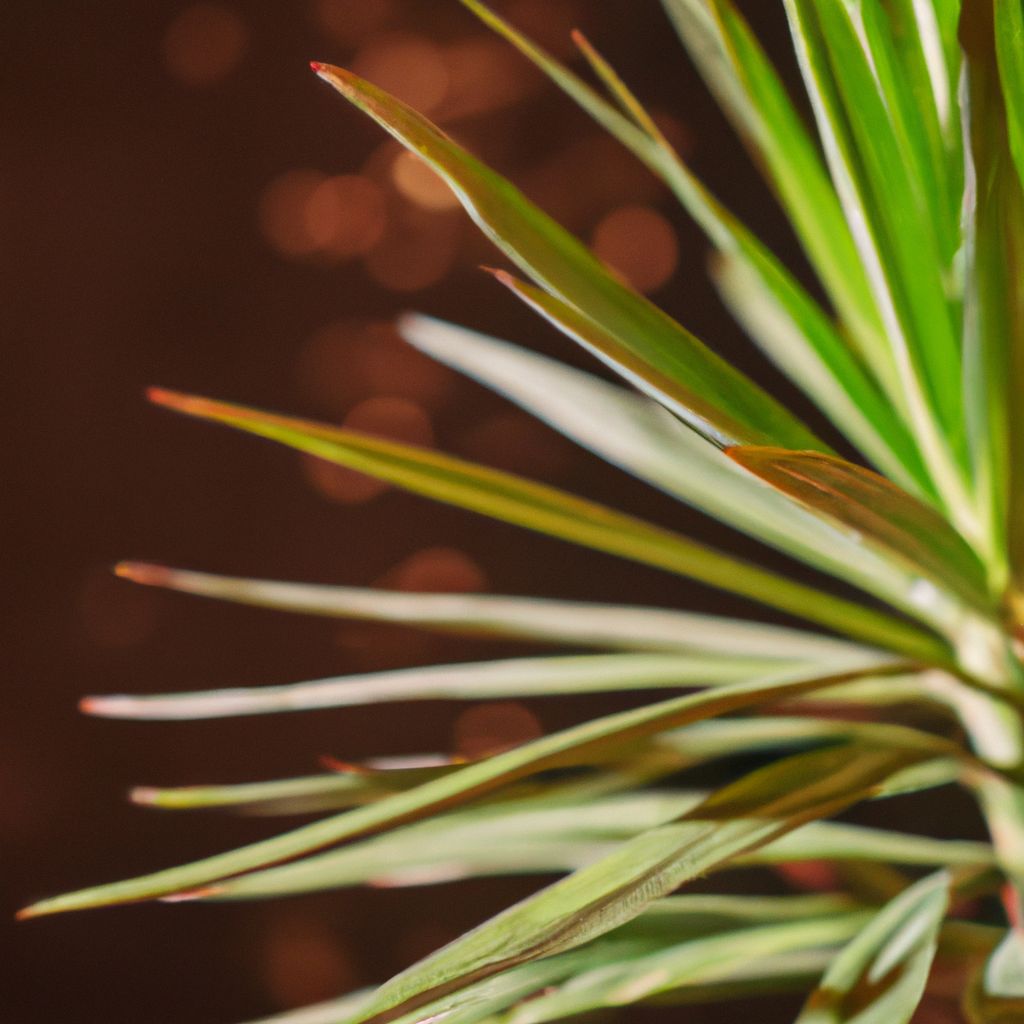Lima beans offer many benefits that make them a worthwhile crop for home gardens. As a nutritious vegetable full of protein, fiber and vitamins, lima beans can enhance health when eaten fresh or preserved for later use. Growing lima beans at home enables gardeners to provide a sustainable source of food for their household without relying on store-bought produce. Cultivating lima beans is also a rewarding and educational gardening activity.
Health and Nutrition Benefits
- Excellent source of plant-based protein – 1 cup of cooked lima beans provides over 15 grams of protein. This makes them a nutritious meat substitute.
- High fiber content – 1 cup contains over 13 grams of dietary fiber, which promotes digestive health. The fiber also helps regulate blood sugar levels.
- Low fat and low calorie – Lima beans are naturally fat free and contain only 216 calories per cup when cooked. This makes them ideal for weight management diets.
- Rich in micronutrients – Lima beans provide manganese, potassium, iron, magnesium, copper and phosphorus. They are also a good source of B vitamins.
- May lower cholesterol – The high fiber and plant sterols in lima beans can help reduce LDL or “bad” cholesterol levels.
- Helps control blood sugar – The fiber and complex carbs in lima beans result in a low glycemic index, which prevents spikes in blood sugar.
- Anti-inflammatory effects – Compounds in lima beans exhibit anti-inflammatory properties that may lower risk of chronic diseases.
Cost Savings
- Avoid grocery costs – Having an ongoing harvest of homegrown lima beans reduces the need to buy them. This provides long-term savings.
- Preserve beans for later use – Blanching and freezing excess beans enables enjoying your harvest for months.
- Regrow bean sprouts – Save some beans to regrow nutritious sprouts indoors during winter.
- Improve soil fertility – As nitrogen-fixing legumes, lima beans boost soil health for future crops without needing fertilizer.
- Trade or sell surplus beans – Share extras with gardening neighbors or sell at farmers markets to offset costs.
Sustainable Food Production
- Reduce carbon footprint – Homegrown beans eliminate transportation emissions from commercial produce.
- Promote biodiversity – Lima beans attract pollinators which are vital for a healthy ecosystem.
- Enhance soil health – The roots contain rhizobia bacteria that fix nitrogen in the soil, reducing the need for fertilizers.
- Reduce food waste – Grow only what you need. Store and preserve excess harvest for later consumption.
- Require less water – Drip irrigation and mulching helps lima beans grow with minimal water usage.
- Go organic – Avoid synthetic pesticides and fertilizers which damage the environment.
Gardening Enjoyment and Skills
- Rewarding to grow – Nurturing plants from seed to harvest is satisfying and promotes a connection to food.
- Fun family activity – Children enjoy planting beans and watching them grow. It teaches responsibility.
- Learn cultivation techniques – Gaining experience with sowing, soil health, pest control, and harvesting techniques expands gardening knowledge.
- Achieve self-sufficiency – Establish an ongoing local food source and gain confidence in providing for household needs.
- Stress relief and relaxation – Many gardeners find nurturing plants and being outdoors therapeutic for mental well-being.
- Share knowledge and produce – Exchanging tips, surplus beans, and recipes with others bonds community relationships.
With all these advantages, lima beans are an ideal choice for home food production.

Getting Started with Lima Beans
Once you’ve decided to grow lima beans, some preparation will ensure a successful crop. Choosing an appropriate variety and planting at the right time for your climate are key first steps. Preparing the soil properly also enables good germination and growth.
Choosing Variety and Timing
- Climate considerations – Lima beans need warm weather and cannot withstand frost. Time plantings for spring after danger of frost has passed.
- Bush or pole – Pole beans yield more but take longer to mature. Bush beans are faster and better for containers.
- Maturity date – Check seed packet or plant tag to know maturity timeframe, which varies by variety.
- Season length – Ensure your growing season is long enough for chosen bean variety to fully develop.
- Companion plants – Grow lima beans with corn, cucumbers, celery, strawberries. Avoid planting near garlic or onions.
Preparing Soil
- Loosen soil and remove weeds or debris
- Mix in aged compost or manure
- Ensure proper drainage but moisture retention
- Test pH – Lima beans prefer slightly acidic soil, pH 6.0-6.8
- Fertilize if needed based on soil test results
- Consider adding supports for vining pole varieties before planting
Planting Techniques
- Direct sow in garden after danger of frost
- Plant 1 inch deep, spaced 2-4 inches apart in rows
- Water gently after sowing and keep soil moist until sprouting
- Thin seedlings to proper spacing – bush beans 4-6 in, poles 8-12 in
- Protect young plants with floating row covers if cold temps expected
With good care throughout the growing season, lima bean plants will be ready for harvest in 60-90 days depending on variety.
Caring for Lima Bean Plants
Once your lima beans are planted, proper care is crucial for healthy, productive plants. Ensure they get adequate sunlight, soil nutrients and moisture. Control pests and diseases organically.

Sunlight
- Require full sun – minimum 6-8 hours of direct sun daily
- Position rows on a north-south axis to maximize sunlight
Soil
- Prefer slightly acidic loamy soil, pH 6.0-6.8
- Need good drainage to prevent root rot
- Add calcium amendments if soil is too acidic
Water
- Need consistent moisture, especially during flowering and pod development
- Water deeply 1-2 inches per week depending on rainfall
- Avoid overhead watering to minimize disease
- Use drip irrigation, soaker hoses or hand watering at soil level
- Reduce watering if plants wilt from overwatering
Support and Training
- Install trellises, poles, or fencing before vines start climbing
- Guide tendrils onto supports as plants grow
- Use soft ties or twine to loosely secure stem to support
- Provide extra support with slings for heavy yields
Pest and Disease Control
Common Pests
- Aphids
- Bean beetles
- Leafhoppers
- Cucumber beetles
- Bean weevils
Preventive Measures
- Row covers
- Trap cropping with radish or nasturtiums
- Natural predators like ladybugs, lacewings, parasitic wasps
- Sticky traps
- Diatomaceous earth
- Neem oil
- Insecticidal soap
- Bacillus thuringiensis (BT) spray
Common Diseases
- Anthracnose
- Rust
- Mosaic virus
- Powdery mildew
- Root rot
Prevention
- Resistant varieties
- Crop rotation
- Removing diseased plants
- Treating seeds
- Good air circulation
- Proper watering and drainage
With proactive care, your lima bean plants will stay vigorous and productive for a bountiful harvest. Monitor regularly for any issues to catch early.

Harvesting Lima Beans
To enjoy peak flavor and texture from your homegrown lima beans, harvest at just the right stage of maturity. Identify when beans are sufficiently developed and use proper techniques for picking and handling.
Identifying Peak Ripeness
- Check seed packet or plant tag for maturity timeline
- Pods should be plump and firm with good green color
- Beans inside will completely fill pods
- Pods will change from green to yellowish as beans mature
- Pop open a test pod to inspect beans – should be plump but not dried out
Picking and Preparing Beans
- Use hand pruners or scissors to snip pods from plants, retain stem intact
- Avoid pulling or tugging pods to prevent plant damage
- Harvest in early morning when pods are plump with moisture
- Pick every 2-4 days to maximize yields
- Rinse freshly picked beans and remove from pods
- Consume, cook or preserve beans soon after harvest
- Refrigerate raw beans in vented plastic bag for short term storage
Storing Beans
There are several options for preserving lima beans from your harvest for long term storage and enjoyment.
- Freezing – Blanch pods 2-3 minutes, cool, remove beans, and freeze in airtight containers
- Canning – Sterling canned lima beans in mason jars using a pressure canner
- Drying – Air dry shelled lima beans fully before storing in airtight jars or vacuum sealing
- Sprouting – Save some raw dry beans to sprout during winter
With ideal storage conditions, preserved lima beans can be enjoyed for up to a year until the next harvest.

Growing Lima Beans in Containers
Don’t have space for a large garden? You can still enjoy delicious homegrown lima beans by planting in containers. Here are some tips for a successful container lima bean crop:
- Choose bush varieties – Pole beans require more space than containers allow. Stick to compact bush types.
- Use large pots – Provide at least 10-15 inches depth and diameter for root development.
- Add trellis or stake – Support structure helps keep bush plants upright and productive.
- Use quality potting mix – Potting soils have the drainage and nutrients that container plants need.
- Watch moisture levels – More frequent watering is needed for container plants. Don’t let soil dry out.
- Give plenty of sun – Position containers where plants get at least 8 hours of direct sunlight.
- Limit 2 plants per pot – Avoid overcrowding for best growth and yields.
With the right variety choice, soil, and care, container lima beans can produce an abundant harvest on a balcony, patio or doorstep.
Common Challenges and Solutions
Growing lima beans does come with some potential challenges. With awareness and preventive care, you can avoid or resolve any issues that may arise in your home crop.
Challenge: Blossom drop and lack of pods
- Ensure proper pollination – attract bees, hover flies, etc
- Improve air circulation and reduce humidity
- Avoid over-fertilizing with nitrogen
- Mulch soil to retain moisture
Challenge: Wilting leaves
- Cause is likely inconsistent soil moisture – improve watering
- Check for root rot from overwatering
- Rule out stem damage from pests
Challenge: Stunted plants
- Test soil and adjust pH if needed
- Improve soil nutrients – add compost
- Ensure adequate sunlight
- Check roots for nematodes and treat organically
Challenge: Pest damage
- Row covers and crop rotation
- Natural predators and beneficial insects
- Targeted organic pesticides like neem oil or BT
- Handpick large pests
- Trap cropping around perimeter with radishes or nasturtiums
Challenge: Disease infection
- Improve air circulation and reduce humidity
- Treat seeds before planting
- Remove and destroy infected plants
- Organic fungicidal sprays
- Drip irrigation to minimize damp foliage
Don’t let potential problems stop you from embarking on growing lima beans. With preventive practices and early intervention, you can enjoy a thriving harvest.
Enjoying the Rewards of Homegrown Lima Beans

Once your lima beans reach maturity, you’ll be ready to reap the fruits of your gardening labor. Harvesting and eating fresh homegrown lima beans offers many satisfying rewards.
Harvesting Perfectly Ripe Beans
After patiently nurturing your lima bean plants through the growing season, it’s exciting to finally harvest ripe, plump pods bursting with beans. Choosing the optimal time to pick ensures peak flavor and texture.
Producing Your Own Food
The beans you harvest provide a nutritious, sustainable source of food for your household. You can reduce grocery expenses while controlling how your food is grown.
Creative and Healthy Meal Ideas
Explore fun new recipes that feature your homegrown lima beans, like salads, soups, dips and main dishes. Cook them simply steamed or seasoned creatively with herbs and spices. You can even sprout them for salads and sandwiches.
Preserving Beans for Later
Save and store part of your lima bean harvest to enjoy throughout the year. Blanch and freeze beans to retain flavor and nutrients. Dry extra beans to reconstitute when desired.
Gaining Gardening Knowledge
The experience of growing lima beans teaches a range of valuable gardening skills – from sowing seeds and amending soil to controlling pests sustainably and training vining varieties. These lessons translate into improved success with future crops.
Achieving Self-Sufficiency
Producing even some of your own food promotes self-sufficiency and reduces reliance on external food systems. It’s empowering to take charge of providing for more of your household’s needs.
Making Gardening Memories
From planting that first lima bean seed to your final fresh harvest, each stage in the gardening journey creates special memories. Gardening is also a great hands-on family activity that fosters togetherness.
Growing your own lima beans connects you to your food and the joys of harvesting and eating fresh-picked produce full of flavor. Don’t wait – plant some lima beans this season and enjoy the many rewards!
















































